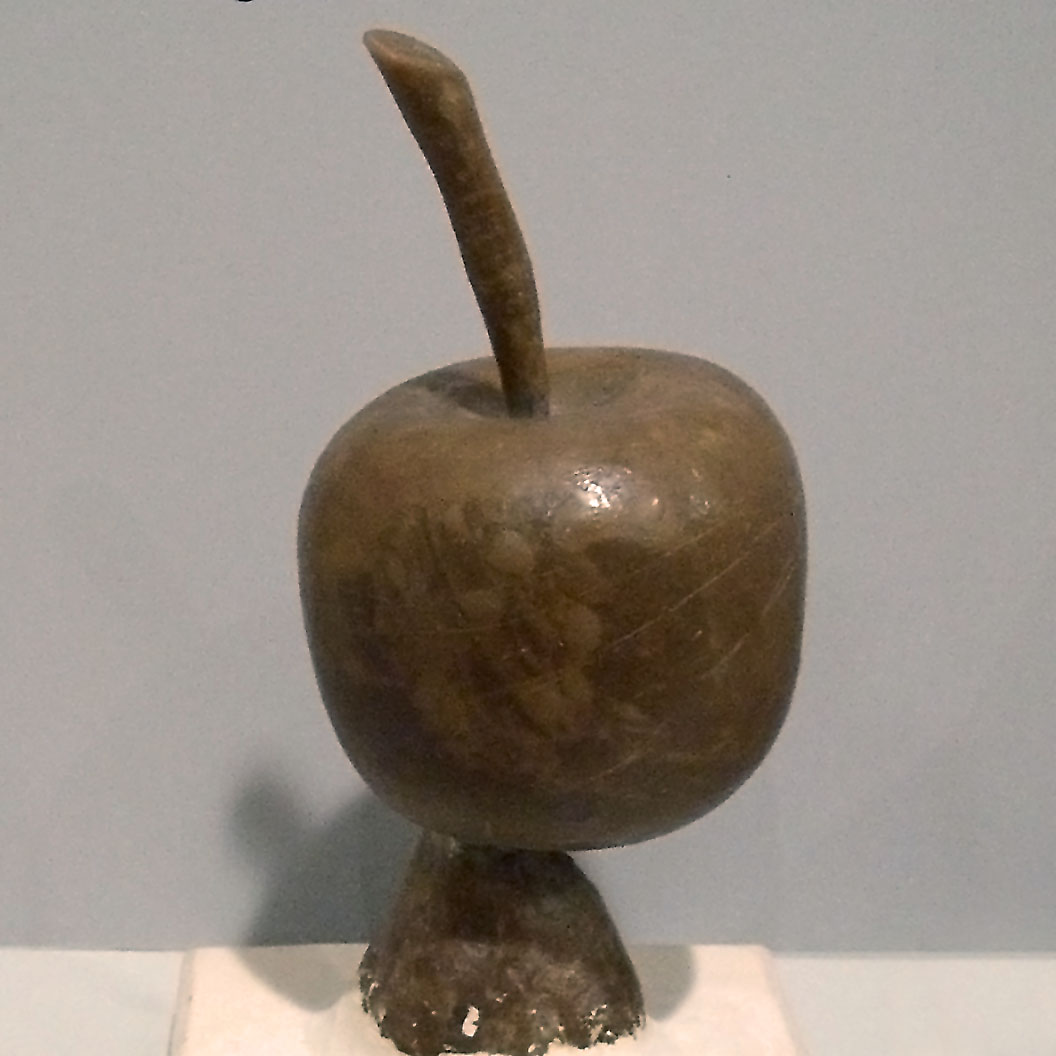How Precious Metal For Custom Jewelry Is Processed And Shaped
May 7, 2019Thus a chapter in the ancient history of Nepal was unveiled. The material used in the making of this antique statue- sankhu type sandstone (sandstone without polish), as well as the use of an early script proved that this statue was from the first Lichchavi samvat (Saka Samvat), which meant that it was made in the 2nd century A.D. This statue, discovered in Maligaon in 1994, was the earliest of any found with Lichchavi inscriptions on it.
There are countless different ways this process can be accomplished, depending on the actual sort of casting executed. A few of the varied ways would be frit casting or sand casting, just to mention a few. Each method is unique in the progression and result of the glass.

If the statue fall, a bronze replica cast in celebration of Michelangelo’s 400th birthday in 1874, takes on extra importance. The replica was made in Naples, Italy at the Chiurazzi Foundry, famed for producing bronzes replicas faithful to museum originals. The casting method dates back 6,000 years to the lost-wax method practiced by the ancient Greeks.
Now if the ancient and primitive peoples of Egypt and South America could do lost Wax Casting, and produce beautiful works of art, then so can you – with the proper tools and training. Most of the necessary tools and equipment can be purchased right over the internet, and books are available to teach you what you need to know. Here are the basics of how you can do your own lost fusione metalli using the pressure of steam.
Pate de Verre – Building a mixture from glass and an adhesive. The mixture is next put inside a cast and heated within a kiln. The title actually translates to glass paste.
I have taught many jewelry students basic sawing techniques and dealt with many colorful excuses why they should not attempt to learn the new skill: ‘I don’t want to,” I might cut myself,’ ‘I’m too old,’ ‘I might inhale metal dust.’ I respect each and every excuse and realize metalwork is not for everyone. There may be lots of valid excuses, but there are just as many more reasons to learn the skill, refine the techniques, and show the world what you can do.
The wax casts are then dipped into a mixture of plaster and sand. This is repeated many times. Each dipping has to dry thoroughly before the next. With each successive dip, the sand and plaster mixture gets more coarse. This results in a very strong shell being built up over the wax cast. After these shells have hardened, vents and ‘runners’ are added to allow the molten bronze to enter the shell, and for gases and excess metal to escape. The shells are then placed into a kiln and baked at very high temperatures. This heat causes the wax inside of the shell to melt away, leaving an exact image of the sculpture in the shell. This gives the process its name of ‘lost wax casting’. After baking, the shell is now a mold ready for molten bronze.
We hope this article can help the overseas buyers and purchasers to learn more about the steel foundries in China, so, they can choose the most suitable suppliers for their products.